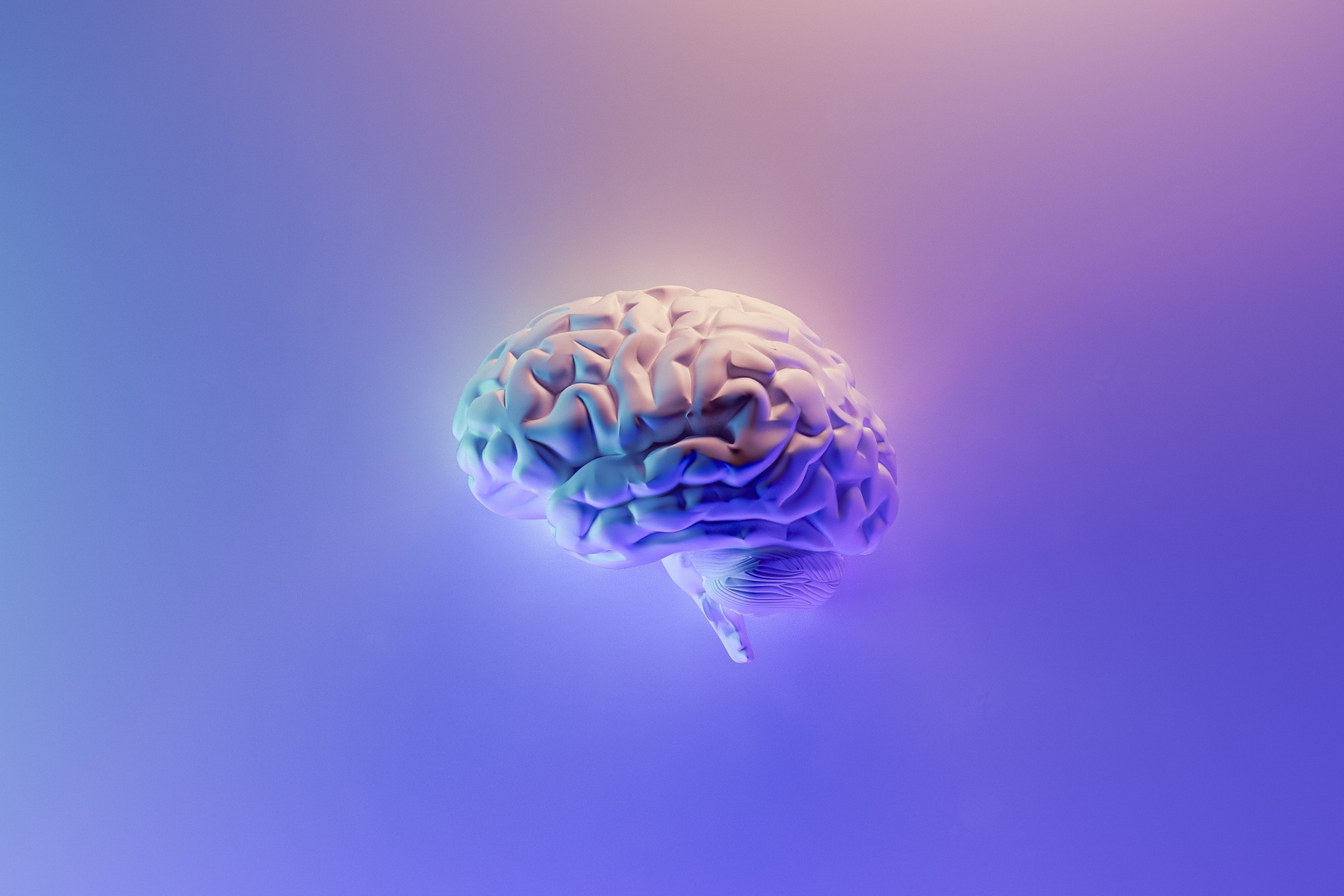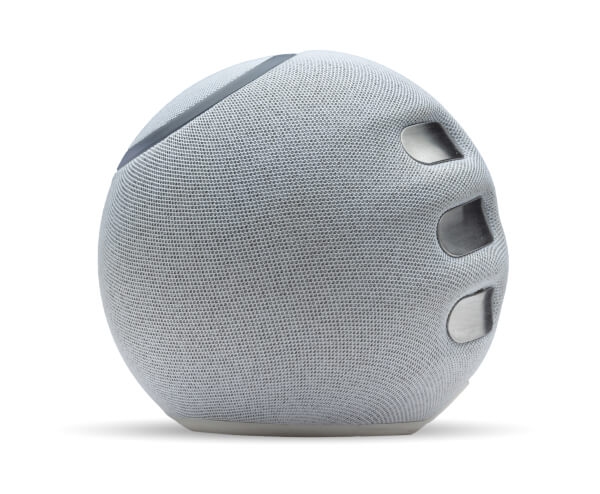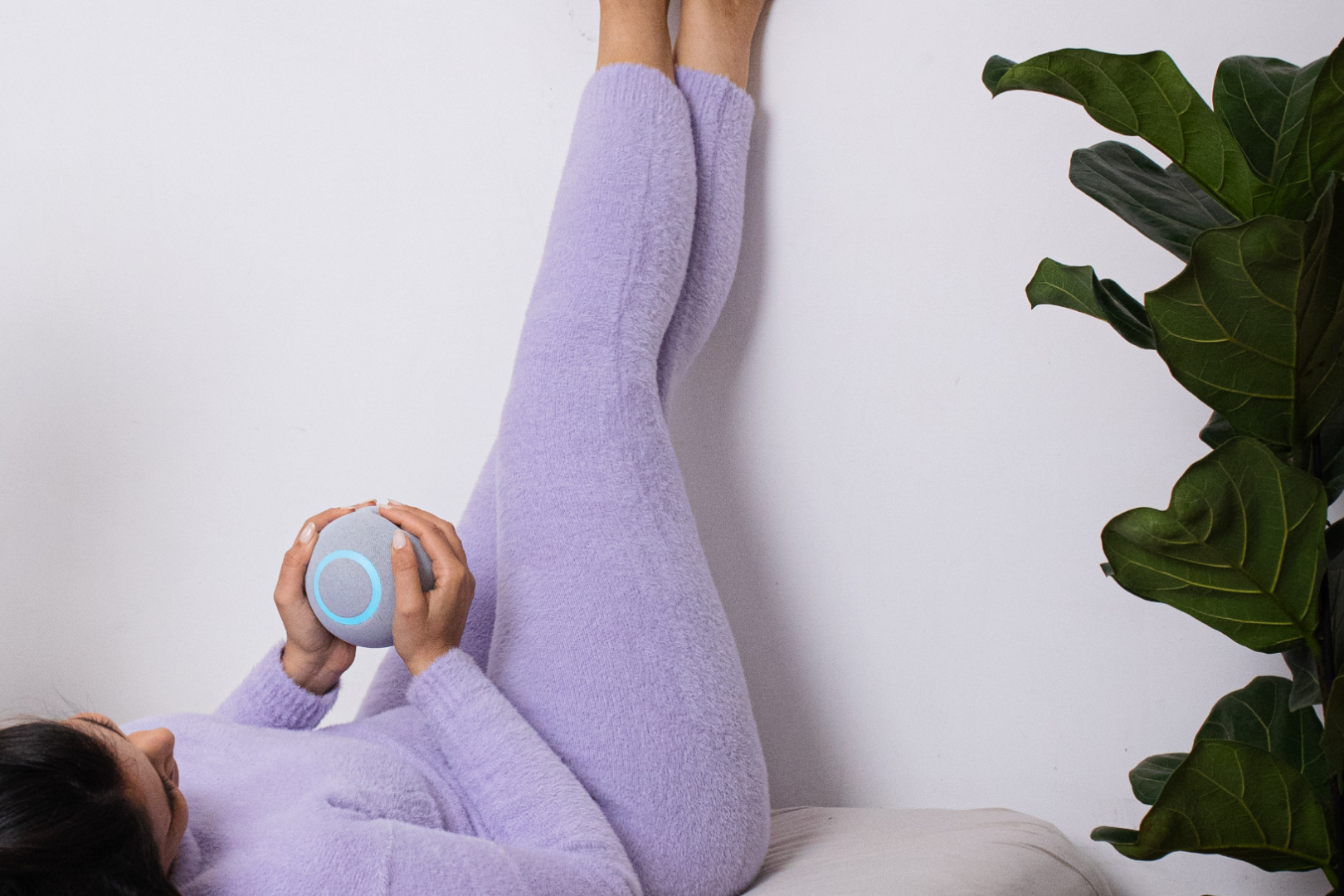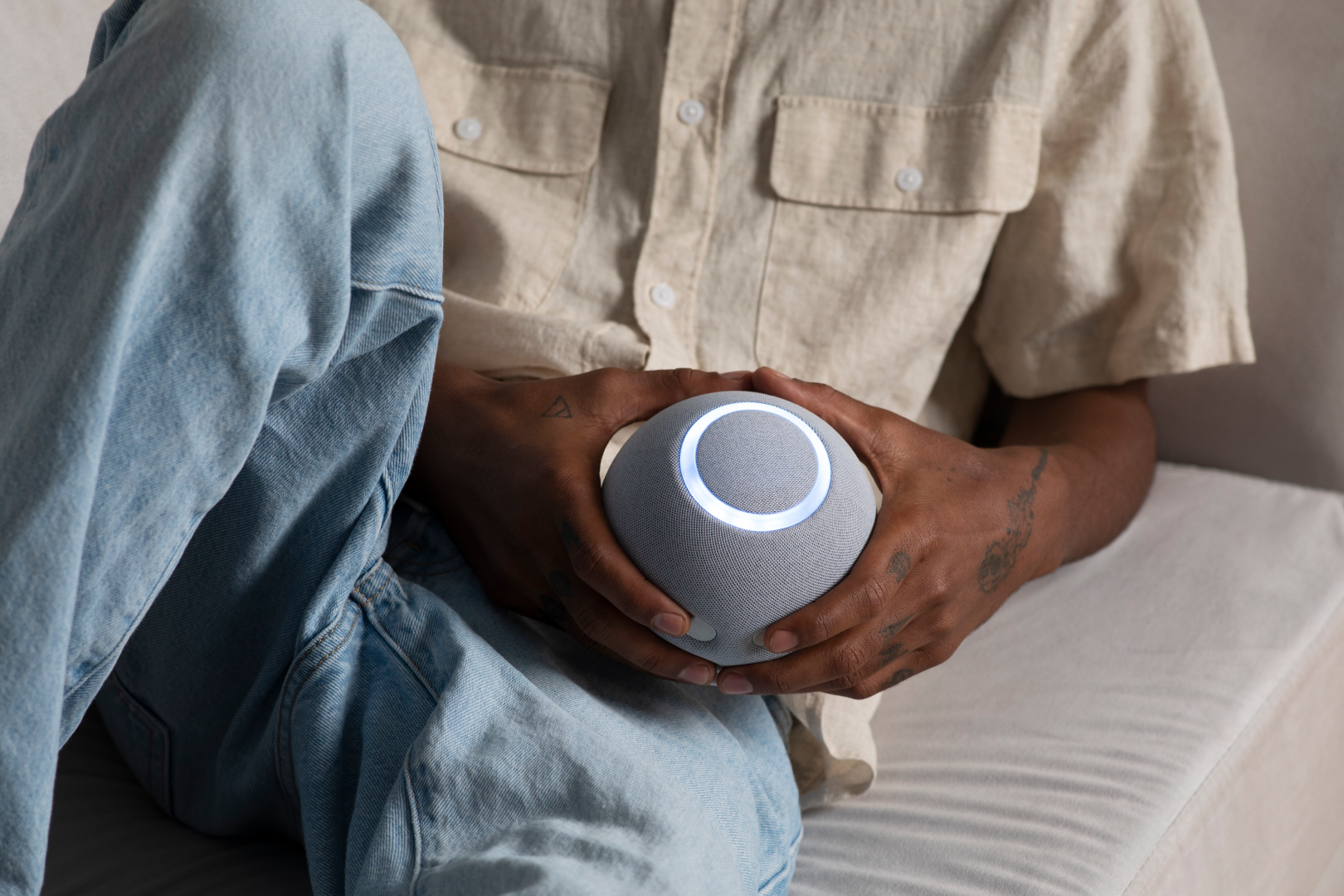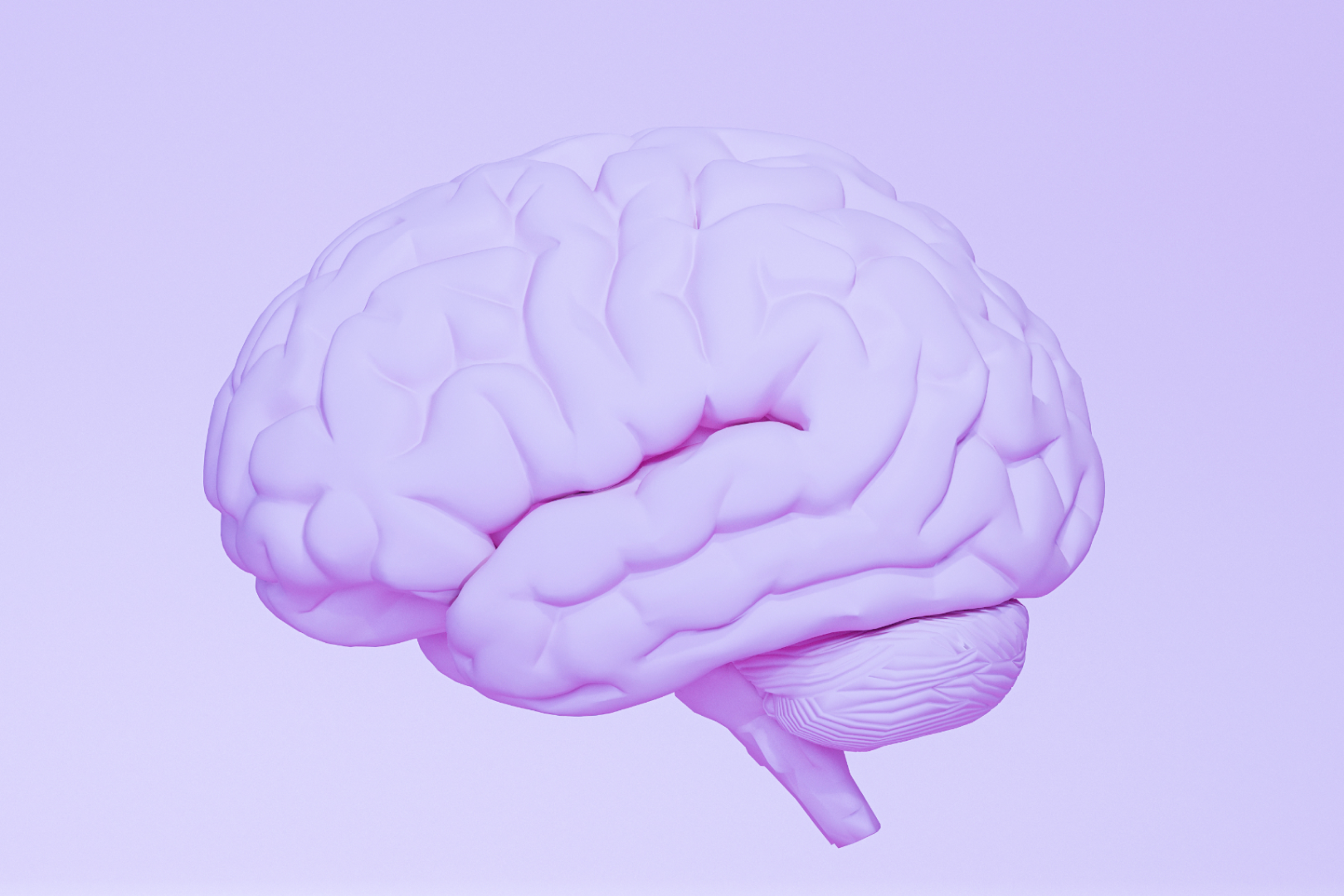When anxiety strikes, it may seem to overtake your life. First, there are physical symptoms associated with anxiety, such as headaches, fatigue, chronic pain, and digestion problems. Then, there are the mental and emotional aspects, like insomnia, inability to concentrate, moodiness, and a sense of detachment from yourself and others.
Although your whole being is affected, anxiety actually starts in the brain. More specifically, deep in the base of the brain, in the amygdala, where most emotional processing happens.
When the amygdala becomes overactive, the “fight-or-flight” response gets out of sync, so the individual feels anxious and panicky even when there is no significant threat present.
Because anxiety generates in the brain, that is where you can fight anxiety too. Research in neuroplasticity has shown that the brain is malleable, and can even be ‘trained’. The same way exercise makes muscles stronger, you can also strengthen neural pathways with certain behaviors and thought patterns, and reduce the symptoms and frequency of anxiety.
Let’s take a look at 5 ways to retrain your brain anxiety, and restore a sense of balance and calm.
1. Identify and become aware of your thoughts
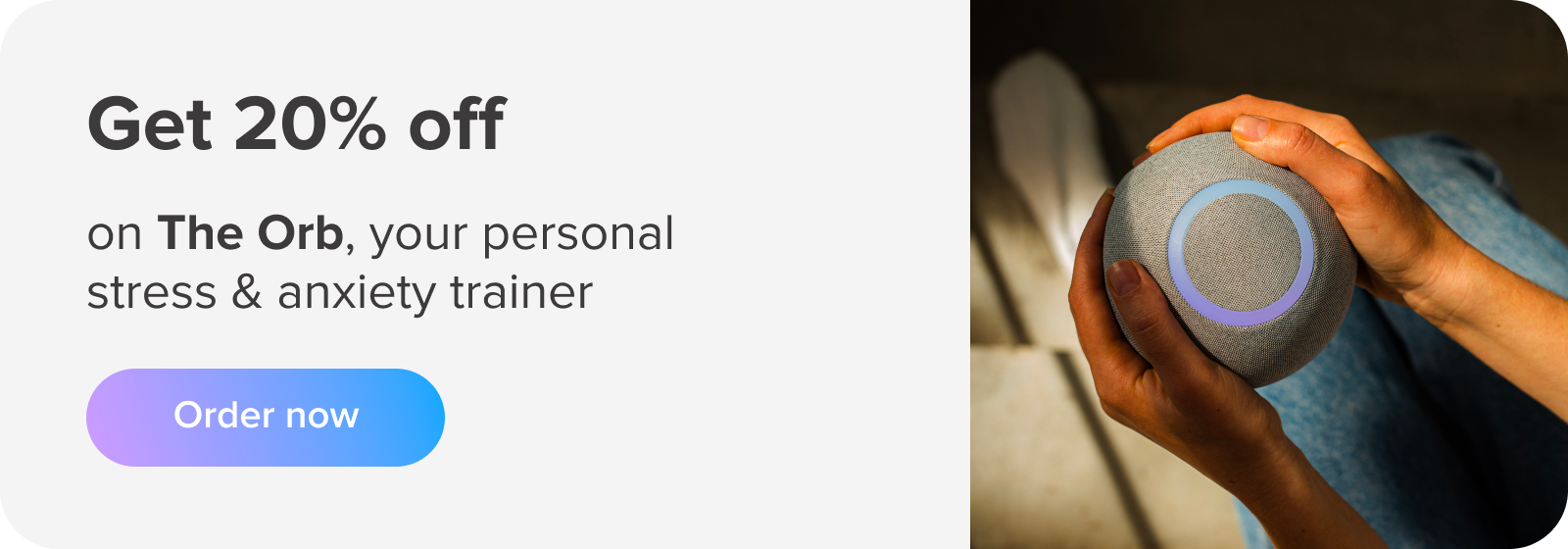
Imagine you are giving a presentation at work, and you notice your boss frowning. In a flash, a thought pops into your mind: “This isn’t going well.” You are not even aware that you had the thought. But suddenly, you begin to sweat and you get a strong feeling of dread.
A 2020 study showed that people have over 6000 thoughts a day. Most of those come and go without our conscious awareness, and many are negative in nature. When unconscious negative thoughts happen numerous times every day, in all kinds of situations, it can lead to anxiety.
However, by identifying and becoming aware of your thoughts, you can diffuse their power and prevent anxiety from setting in. Perhaps your boss frowned because she was seated uncomfortably, or remembered something she forgot to do, or a dozen other possible reasons that have nothing to do with you.
By bringing negative thoughts to our consciousness, processing them in a healthy way, reframing them or letting them go, we can take back control of our mind’s experience and fight anxiety.
2. Acknowledge your worries and set a time frame around them
We all have worries and concerns – it’s part of being a responsible human adult! In fact, a certain amount of stress is beneficial; it motivates us to face challenges, solve problems and get things done.
A problem arises when the regular concerns and stressors of life become overwhelming. When it all becomes too much, that’s when anxiety can set in. How to retrain an anxious brain is by acknowledging your worries, and giving yourself permission to mull over them, but within certain limits.
Instead of worrying all day and letting your concerns fester and distract you, set a limited time frame in which you can consider the things that are bothering you. Even better, write them down, so you can release the negative energy from your body.
It is important to make this a regular habit, daily if possible. Set aside half an hour every morning or evening, solely devoted to writing down your worries, concerns and anxieties.
Stick to the time limit, and make a commitment to yourself not to think about them for the rest of the day. You can always come back to them tomorrow. This is a great technique to help you get ahead of anxiety and gain control of the anxious cycle.
3. Recognize possible alternative solutions
When anxious thoughts become overwhelming, inertia often sets in. People may feel helpless and fall into a state of inaction and despair. Instead of getting caught up in a web of confusing and anxious thoughts, try to separate out the issues and look for practical steps you can take today to solve the problem.
Being proactive is very important for breaking out of the cycle of anxiety. Many problems can’t be solved immediately, but there are small things you can do to ease the burden and control the anxiety around it.
For example, if you are anxious about money, you can set a budget, write down everything you spend, consult a financial advisor or attend a household budgeting seminar. In other instances, a problem may not be solvable in a practical sense.
In this case, the only alternative may be simply to choose to accept that you can’t change the situation, and release the negative thoughts and feelings surrounding it. Meditation is an excellent tool to do this, and very important when dealing with an anxiety trigger that you can’t easily fix.
4. Accept uncertainty and stop resisting it
To calm an anxious brain, one must first accept the universal truth that life is inherently uncertain. Not everything is in your hands, not all problems have a solution, and it is not your job to solve every problem.
In this way, you can stop resisting the pain of uncertainty, and remove your mind from the anxiety loop. For example, it is estimated that around two-thirds of Americans are anxious about climate change.
For those individuals, taking steps to reduce their footprint, by recycling, using public transport, or switching to an electric car, can all help mitigate the fearful thoughts that lead to anxiety.
Beyond that, however, it is important to accept that there are many things we cannot control, that each individual can only do their very best, and then let go of the fear. In this way, the brain can be trained out of eco-anxiety and find ways to be at peace with reality.
5. Biofeedback for Anxiety
Ironically, anxiety is nature’s built-in safety mechanism. It is designed to protect you. If you were to encounter a rabid dog, for example, then the massive surge of adrenalin, rapid heartbeat and feeling of intense fear will help you to resist the grave threat, and even save your life.
However, if this extreme physiological response happens even when there is no actual danger, you have entered the loop of chronic anxiety. Biofeedback for anxiety is an effective technique to train the brain to control thoughts and fears and calm the body’s anxious response. In a biofeedback session, the individual uses a device that monitors various physiological measurements, such as heart rate, breathing rate, body temperature, and even brain waves, and ‘feeds back’ that data in real-time, via a visual display.
For instance, as the heart rate slows, the biofeedback device shows a light turn from red to blue. During biofeedback, the individual practices relaxation techniques, and immediately sees how the body reacts. In this way, they can learn what calms their physiological responses, and use that knowledge to gain back control over the symptoms of anxiety.
Anxiety is so common
At any given time, around 20% of the US population is suffering from anxiety disorder. What many people don’t realize is that anxiety is not just something that ‘happens’; it originates in the brain. It is a natural human response to fear that has simply gotten out of hand.
And that is good news, because it means that the way to control anxiety is in your hands too. No matter how anxious you feel, you can learn how to retrain your brain anxiety, regain control of your life and restore a healthy balanced approach to the stress and uncertainty of life.

